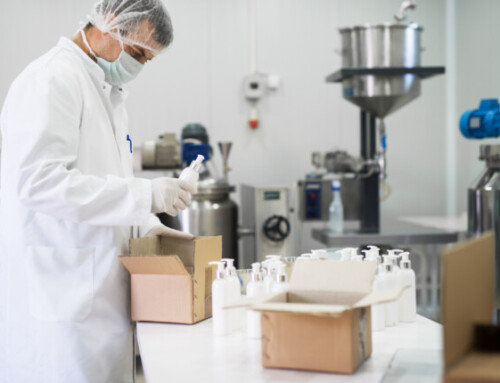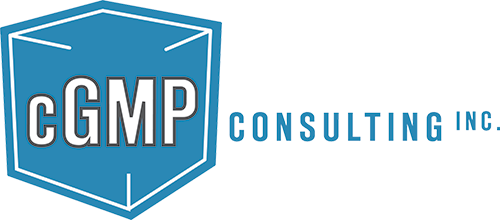cGMP Upgrade to Automated Cleaning
There are some benefits to automated cleaning of pharmaceutical equipment that may not be initially obvious. Here’s how your process may be affected:
- Uses labor more efficiently
- Provides consistency of cleanings and results through Validated Process Recipes
- Reduces documentation requirements and potential deviations in the cleaning procedure.
- Monitors and controls critical process parameters via Programmable Logic Controller (PLC). Alarms are employed to inform operators of necessary intervention.
- Increases safety by reducing the potential risks involved with manual cleaning, including exposure to residual product, slips/trips/falls, confined spaces, etc.
This change is not without challenges, here are some to consider:
- Safety during operation of automated equipment
- Delivering adequate wash solution coverage to all product-contact areas. For instance, spray balls must deliver wash solution to the entire interior of the formulation tanks to which they are dedicated
- Prevention of product contamination and cross-contamination. This can occur in forms of residual product, residual cleaning agent, endotoxin, or microbial growth through recipe and system design.
- Facility Utility Constraints
- Environmental Monitoring
The benefits are often worth overcoming these challenges. Consider these recommendations for your automated cleaning project:
- During qualification, ensure all safety features/equipment are tested for functionality (i.e., E-Stops, Alarms, relief systems). Have EHS representatives review all relevant equipment safety procedures (i.e., Lock out /Tag Out, Operation, Maintenance, etc.).
- Consult EHS to ensure all environmental needs are met and the process is in a safe state.
- Utilize Riboflavin spray testing to ensure spray devices provide full coverage. Failure of a riboflavin test will require equipment modification to target the missing areas of spray coverage. (Riboflavin glows green when absorbing UV light – visual inspection under UV can be used to verify full spray coverage).
- Minimize residual product, residual cleaning agents, and microbial growth through recipe critical parameters (wash temperature, conductivity, flow rate, etc.) and sanitary design of equipment (no dead legs, piping is sloped to drain, etc.). Recipe will be adjusted if residual product, residual cleaning agent, or microbial growth is found above an accepted limit.
- Communicate utility usage as the addition of new systems can create a large impact on available utilities even when facilities routinely have their utilities qualified and reassessed. Automated cleaning devices typically use water along with basic or acidic detergents for wash solution. Electric and pneumatic energy sources are generally used for control and actuation of the control system. If any necessary utility is known to be a scarce resource in the facility, communication of usage can be the greatest help to keep operations smooth until more capacity can be added to the necessary utility.
Authors: Jack Harford, and Blake Wallace




